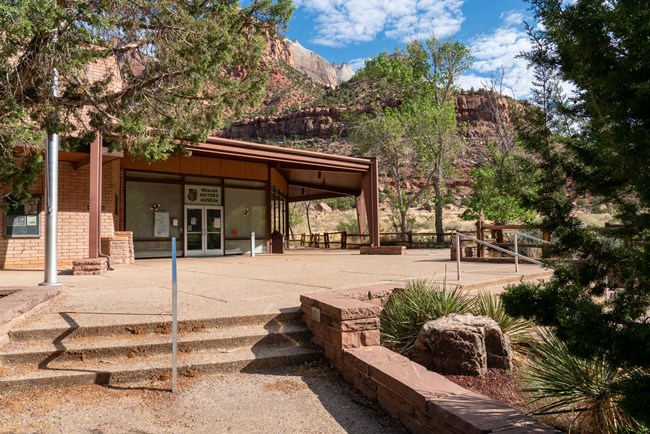
The Zion Human History Museum displays artifacts and archival materials from the permanent collections of Zion National Park. These exhibits showcase the rich human history of the place now known as Zion National Park and illustrate the effects water has had upon both the peoples and the place. Both a creator and a destroyer, water has created the scenery and sanctuary which have driven people to travel through and settle in Zion Canyon for thousands of years. Exhibits include topics such as geology, plants, animals, survival, and community. 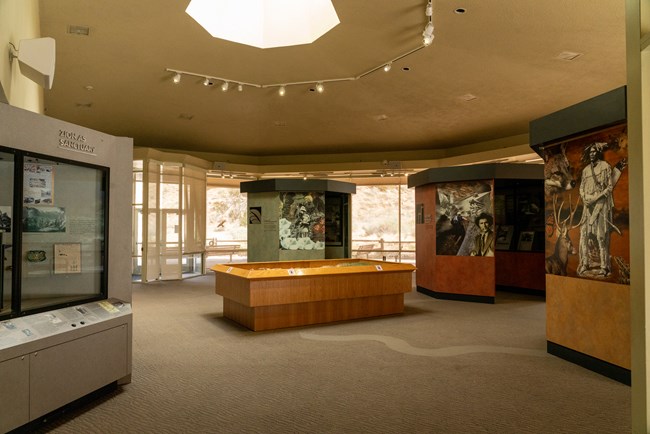
DirectionsThe Zion Human History Museum is located one half mile north of the park's south entrance on the main park road, or eleven miles west from the east entrance. Be sure to check Zion National Park facility hours and current conditions for further information about hours, directions, and important updates. AccessibilityReserved parking spaces are available with a ramp leading to the building. Learn more about accessiblity in Zion. 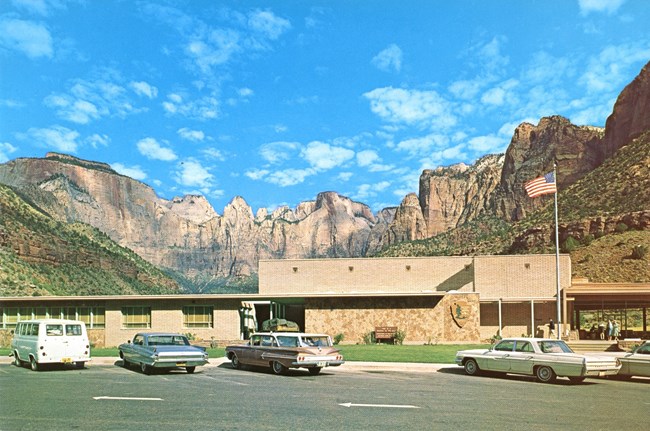
HistoryThe first museum at Zion National Park opened in 1924 in the historic Grotto building. It was filled with various objects collected in the field by ranger naturalists, including plant specimens, insects, and archeological artifacts. These exhibits took up one room of the building, which also housed the park bookstore, public information office, and ranger offices. Exhibits in these early days primarily served to support ranger programs. For example, in 1928, rangers gave regular reptile-themed programs using a live reptile cage exhibit. The live props included both rattlesnakes and gopher snakes.
During the Great Depression, workers in the Civilian Conservation Corps, a public work relief program funded through the New Deal, made exhibit cases, dioramas, and other objects for the museum. In 1936, they converted the old park headquarters at Canyon Junction to the Museum and Visitor Information Station. This building served as the park’s primary public contact station for twenty-five years. 
End Triassic Extinction Exhibit
Explore the research of Dr. Celina Suarez, who uncovered evidence of the End Triassic Extinction in the rock layers of Zion. 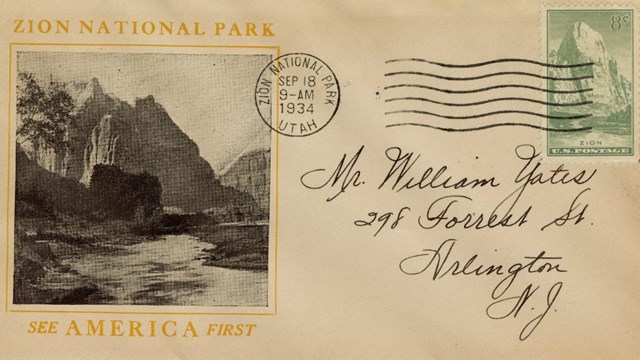
Keepers of Sanctuary
Explore museum objects which were on display to celebrate the park's centennial in 2019. 
Zion Virtual Museum Exhibit: Birds
Virtually explore observable characteristics such as bills and talons, plumage, size and shape used to identify birds. 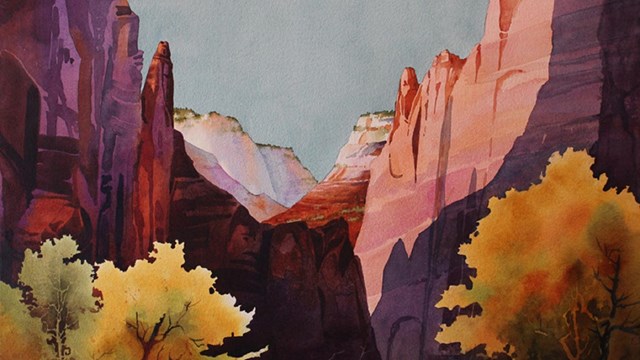
Artist-in-Residence Donated Artwork
Explore some of the works of art that have been donated to the park through the Artist-in-Residence program. 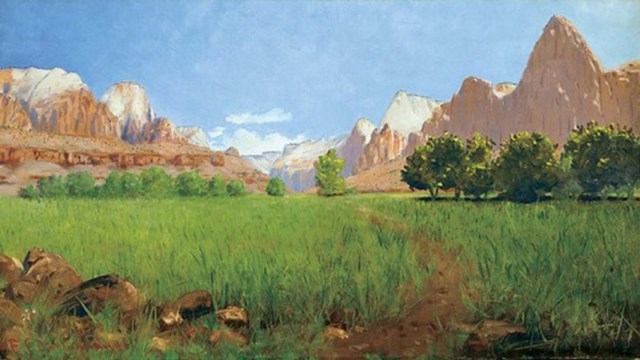
Treasured Landscapes: NPS Art Collection
Explore paintings, watercolors, sketches, and other works on paper from over fifty National Park Service museum collections. |
Last updated: July 17, 2025
